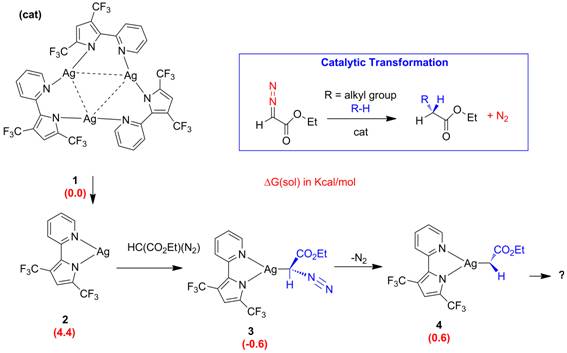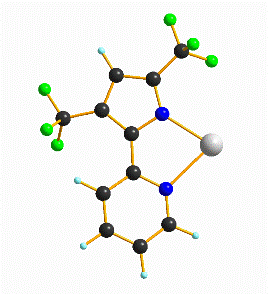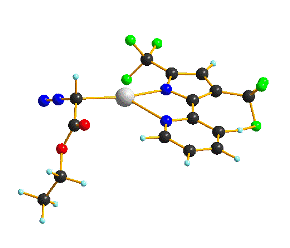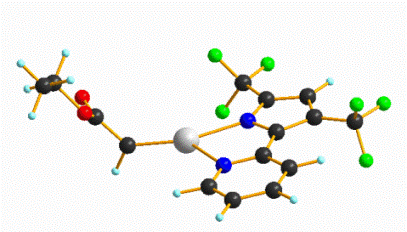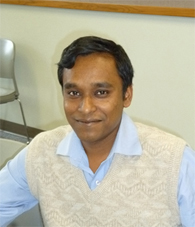Biography
Kuntal Pal was born in Howrah, India in 1978. He got his early chemistry education of Bachelor and Master’s Degrees from the University of Calcutta. Soon after, he joined as a NET-CSIR junior research fellow at IIT Kanpur, India to pursue a Ph.D. under the supervision of Professor Sabyasachi Sarkar in the field of bioinorganic chemistry. He was inspired by the biomimicing model studies of a Mo-containing enzyme and worked on the project of synthesis and reactivity studies of model complexes in relevance to the native enzymes of sulfite oxidase and nitrate reductase. Kuntal synthesized several metal complexes of dithiolene ligands which are structurally very similar to the active site of enzyme. He learned x-ray crystallography to analyze the structure of the synthesized complex. For functionality, his synthesized model complexes were subjected to reactivity studies with native substrate followed by comparisons of their kinetics with that of the native enzyme. Kuntal performed DFT computational work on the synthesized metal complexes to understand the chemistry involved and the mechanistic aspects of the enzymatic reaction. He was awarded the Ph.D. degree in May, 2008.At the end of Kuntal’s dissertation work, he was very much interested in the activation of small molecules which are toxic in nature (carbon monoxide, nitric oxide) using model complexes associated with metal-organic framework. To enhance his research skill at the international level, he moved to Japan as a Japan Society for the Promotion of Science (JSPS) post-doctoral fellow in Osaka University under the guidance of Professor Kazushi Mashima. Kuntal developed a series of bimetallic Mo/Cu containing tri and tetranuclear clusters systems as precursor catalysts for the activation and removal of toxicity of carbon monoxide.After completing the JSPS program, Kuntal joined on a joint collaboration project under Professor Caulton and Professor Baik in the Department of Chemistry at Indiana University. Kuntal’s current research is focused on electronic structure calculations and the finding of true mechanistic pathway on newly developed variety of catalytic reactions here at Indiana. Currently, he is working on the mechanistic studies of the transition metal (Cu(I) & Ag(I)) catalyzed C-H bond activation of alkanes on a pyridylpyrrolide-based ligand platform. Together with another Caulton group postdoc, Atanu Das, he is working on redox-active ligands having impact on interaction of metal centers with O2.
Research Projects
For this project, Kuntal is doing DFT calculations to understand the mechanism of a catalytic alkane C-H bond functionalization. Initial experimental observations here at Indiana by Jaime Flores found the species [LAg] as an active catalyst, from a trimeric precursor. [LAg] can interact with HC(CO2Et)(N2) to form two possible intermediates; N2 bound diazoalkane and N2-free carbene; both are thermodynamically equally accessible. Kuntal is now on the way to finding out how the C-H bond of an alkane can be cleaved. Does this reaction proceed via an even-electron or a radical mechanism?
DFT Studies on the Mechanistic Aspects of Alkane C-H Activation by Coinage metal-carbene complexes (M = Cu, Ag)
